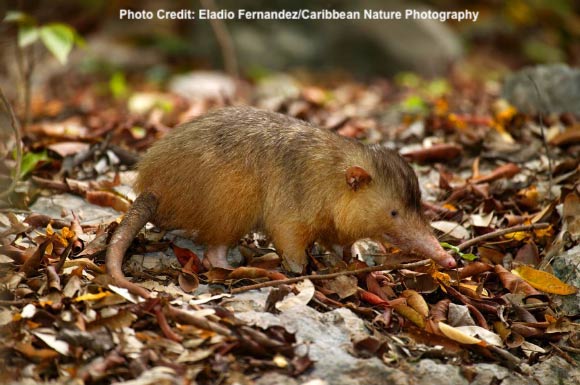
UP NEXT: 8th seed Ghost Bat (Macroderma gigas) vs 9th seed Thorny Devil (Moloch horridus) #2021MMM 



Is this March Mammal Madness or Most Beautiful Mammal competition? Because the Ghost Bat is here to SLAY with its silky, pale white fur & sharp, pointy smile. #PunIntended #NotAtAllBiased #2021MMM 

The bright-eyed beauties are the largest of the 'microbats', weighing between 130 and 170 g with wingspans over half a meter (0.6m). Maintaining these good looks takes a quality diet - MEAT! #2021MMM 

Primarily carnivorous, Ghost Bats are also some champion heavy-lifters. They can lift prey items up to 80% of their bodyweight (Hudson & Wilson 1986, bit.ly/GhostBat), though they may sometimes bite off more than they can chew... #2021MMM
...especially when the prey have defenses. The invasive cane toad, which secretes toxins, may play a role in recent Bat declines - there is even reports of a dead Ghost bat with a partially eaten toad still in its throat (White et al 2016, bit.ly/BatToad). #2021MMM
Meanwhile, the Thorny Devil might look like a demon-possessed Lego, but it is actually a lizard with a devious name, weighing in around 30 g. #2021MMM 

#MMMDirectorsCut The Genus name 'Moloch' has multiple origins, with a general consensus of a malignant god who demanded worship via mutilation & child sacrifice #2021MMM 

In addition to being pointy, the Thorny Devil's skin is also like that of "blotting paper" and readily absorbs water. This is handy for staying hydrated in its desert habitat, as they can even absorb water from the sand (Comanns et al 2016, bit.ly/WaterLizard) #2021MMM
Let's settle down to enjoy a stunning red and gold sunset in Karijini National Park, an arid desert park located in the heart of the Pilbara region of Western Australia. Both of tonight's contenders can be found living amongst the red rocks & sand of the park #Sympatric #2021MMM 

The Pilbara region likely takes it name from the Aboriginal Australian word bilybara, meaning "dry" in the Nyamal and Banyjima languages & is home to more than 31 Aboriginal language groups wangkamaya.org.au/home #2021MMM 

As the sun falls below the horizon, our Ghost Bat emerges from its cave roost. It flies directly to its favorite foraging area, settling in the branches of an acacia tree, to wait and listen for the sounds of potential prey (Tidemann et al 1985, bit.ly/BatForage). #2021MMM 

In the sandy soils below our Bat's perch, a Thorny Devil is positioned just to the side of an ant trail, capturing passing ants with a flick of its tongue (Withers & Dickmann 1995, bit.ly/DevilDiet) #OmNomNom #2021MMM 

Having lingered too long, the Thorny Devil begins to make its way to its nighttime burrow. Thorny Devils are "exceptionally slow-moving"(Clemente et al 2004, bit.ly/DevilGait). Good thing they have those handy spikes. #Foreshadowing? #2021MMM bit.ly/DevilWobble
PLOP! #2021MMM
The Ghost Bat twitches its ears towards that promising sound. With those very large ears, it can efficiently detect low frequency, prey generated sounds (Guppy & Coles 1988, bit.ly/BatHear) #2021MMM
Alighting from its perch, the Ghost Bat follows the now faint scuffling sounds to their source - a large, PVC pipe pitfall trap (amazing slo-mo video from #ActuaLivingScientist @Safari_Ari9!) #2021MMM
Pitfall traps are common tools used to survey for small terrestrial fauna like insects, rodents, and lizards - and is where our Thorny Devil is now stuck in a Devil's Trap #DevilsTrap #2021MMM
The bat swoops down like a ghostly shadow, landing in the pitfall trap. Ghost Bats have been found taking advantage of these convenient little buffets (Diete et al 2016, bit.ly/BatTrap) #2021MMM 

The Thorny Devil curls its head between its legs as the Bat approaches, attempting to distract the Bat by exposing the soft 'false head' at the base of its neck (Pianka and Pianka 1970, bit.ly/Pianka). #2021MMM
But the tactic backfires! The Ghost Bat pins the Devil down with its long, thumb claws before delivering a deep, killing bite to the neck, severing the spinal cord #Carnage #2021MMM
THE GHOST BAT DECAPITATES THE THORNY DEVIL! #2021MMM
• • •
Missing some Tweet in this thread? You can try to
force a refresh











